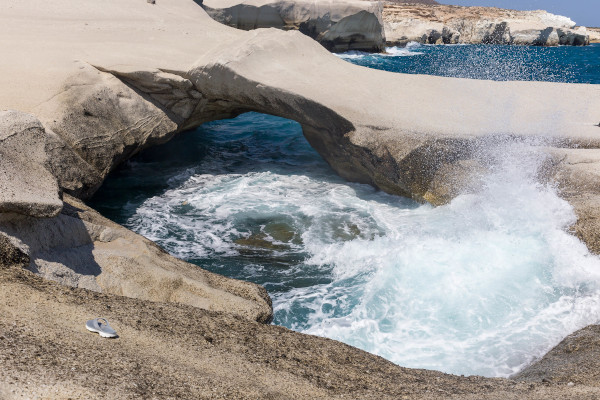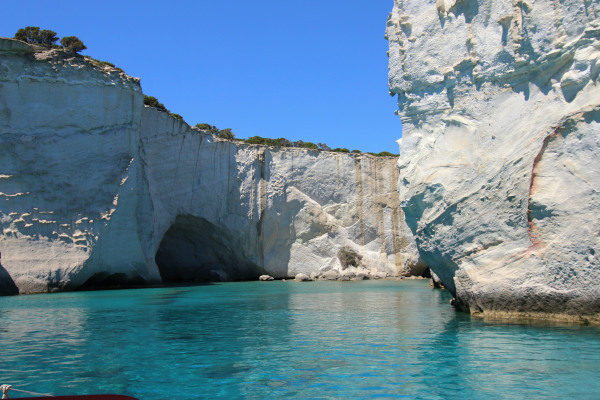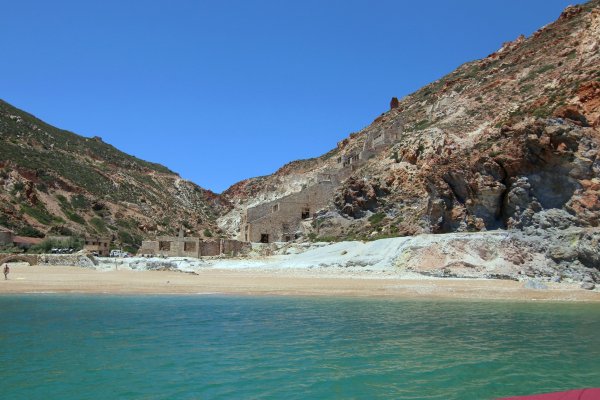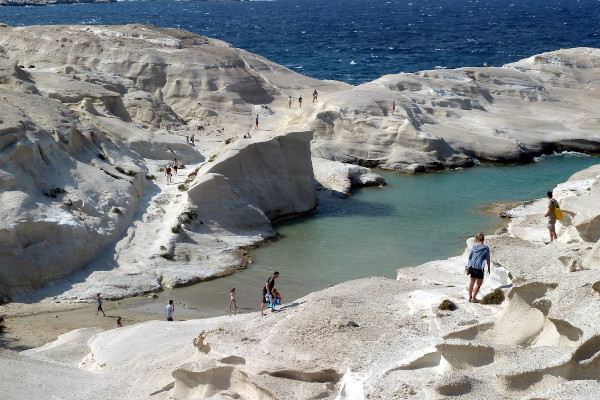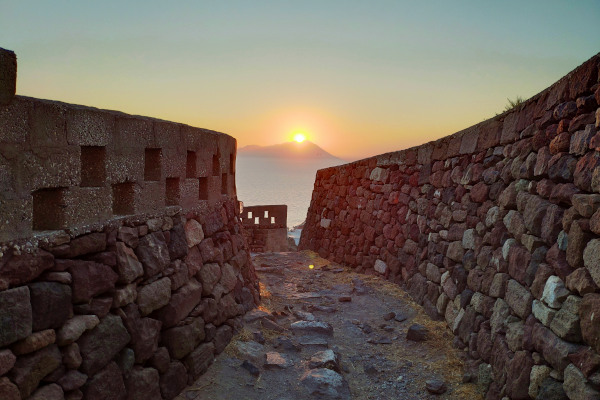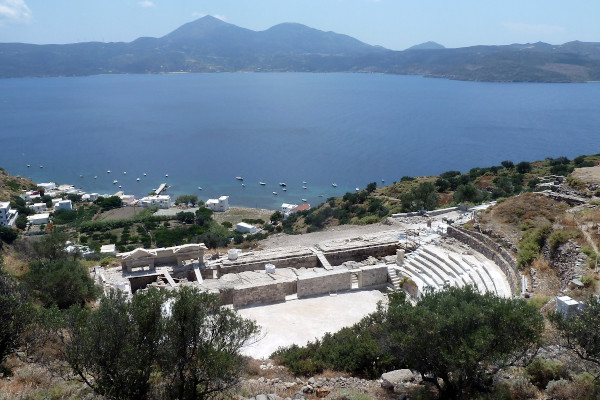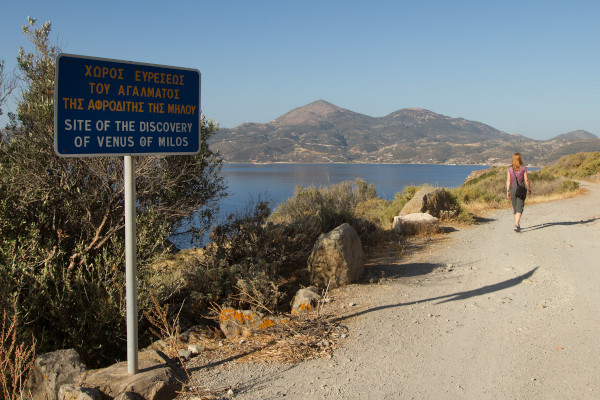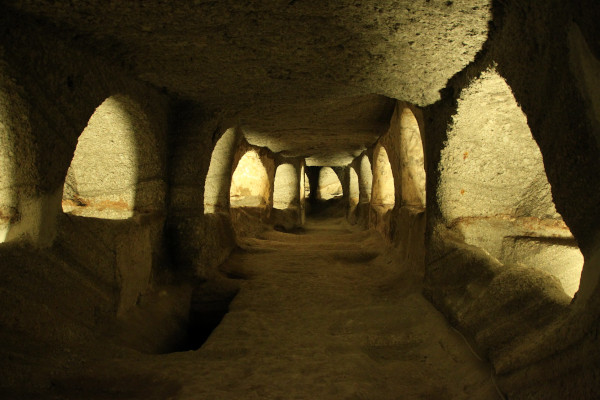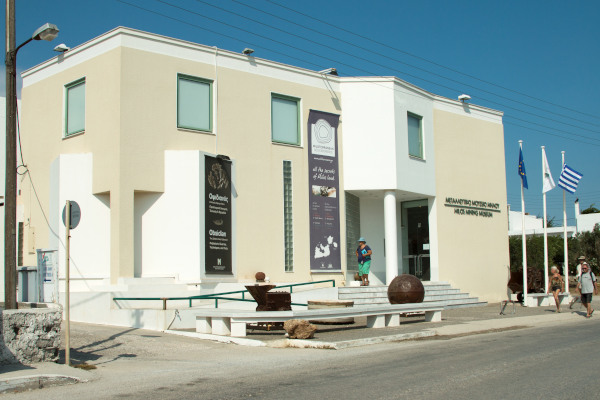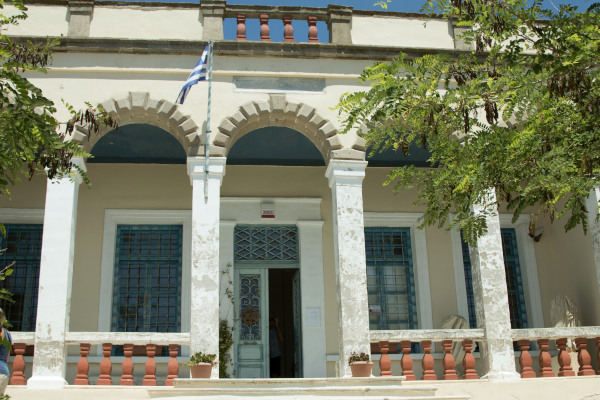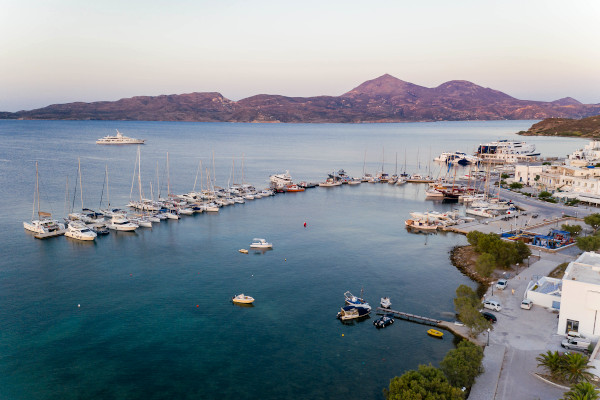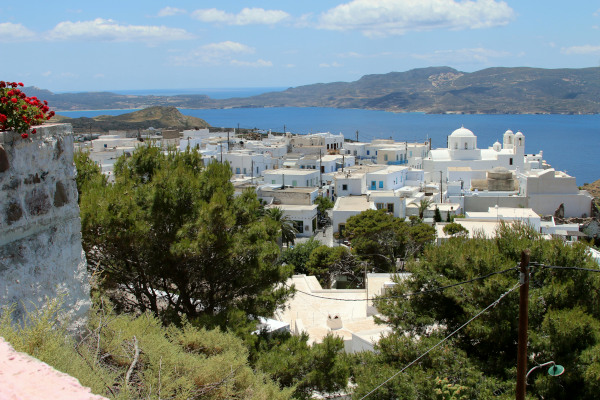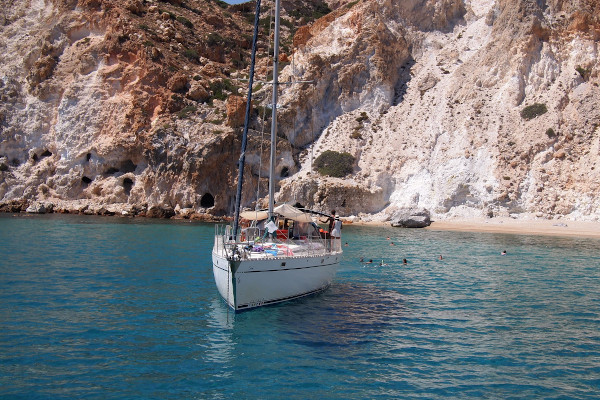Milos Beaches
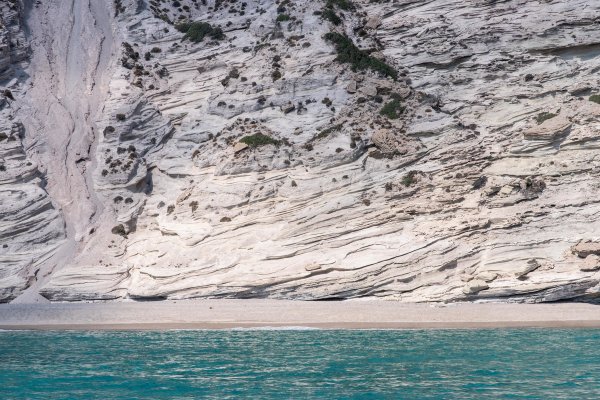
Gerakas Beach
Breath-taking, mind-blowing, jaw-dropping beach. A sensational sight when you reach by boat. Enjoy the pristine waters and sand.
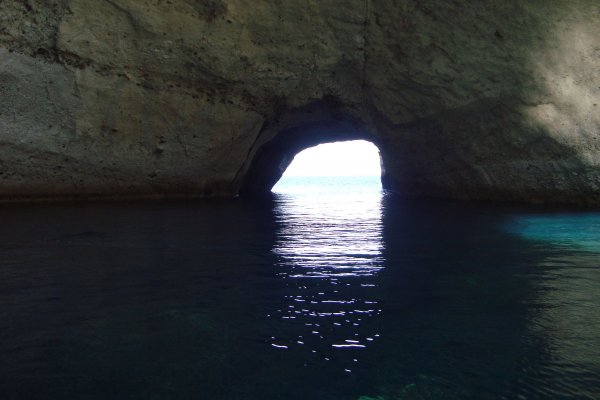
Sikia (Cave) Beach
Essentially, a collapsed cenote with a beach. Simply spectacular. It's accessible only by sea, so it'd better be on your boat tour's itinerary.
Kleftiko Caves
The complex of small bays and grey-white volcanic rocks accessible by boat. You can enter the caves swimming and take outstanding pictures.
Thiorichia Beach
The abandoned sulfur mine gives this beach its character. Enter at your own risk. Fantastic underwater world too. Accessible by sea, hiking or 4x4.
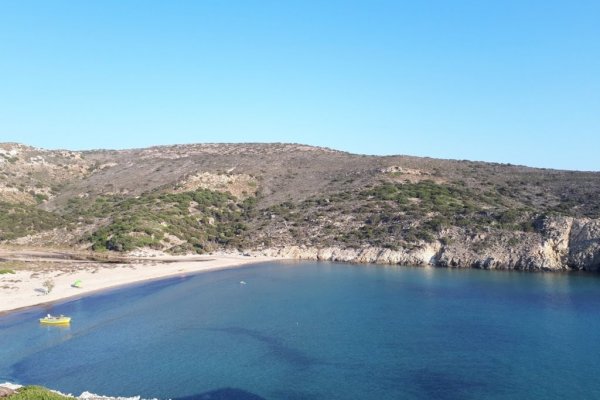
Agathia Beach
Snorkel at Agathia and enjoy a maybe unusual findings. Pristine nature on a gorgeous beach. Nudist friendly. Bring a parasol. Only for big cars.
Sarakiniko Beach
Sarakiniko is an outstanding beach with Melian rock formations made by volcanic activity. A photographic heaven, and a utopia for cliff divers.
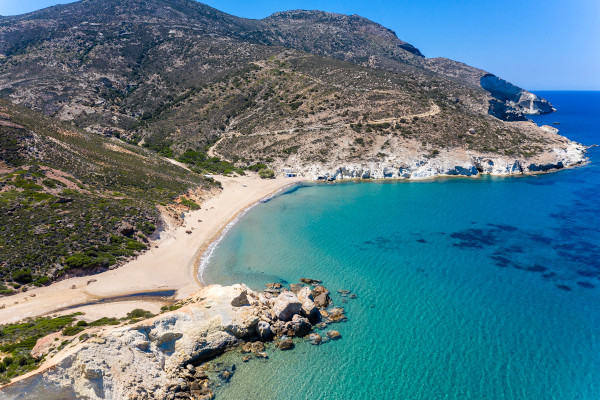
Agios Ioannis Beach
Agios Ioannis has three remote, pristine beaches of ineffable beauty. Yellow and pink cliffs, blue sea, purity, and breathtaking sunsets.

Fyriplaka Beach
A beach with a cliff and huge boulder in the sea. Idyllic and suitable for kids, as the waters are relatively shallow. However, it gets crowded.
